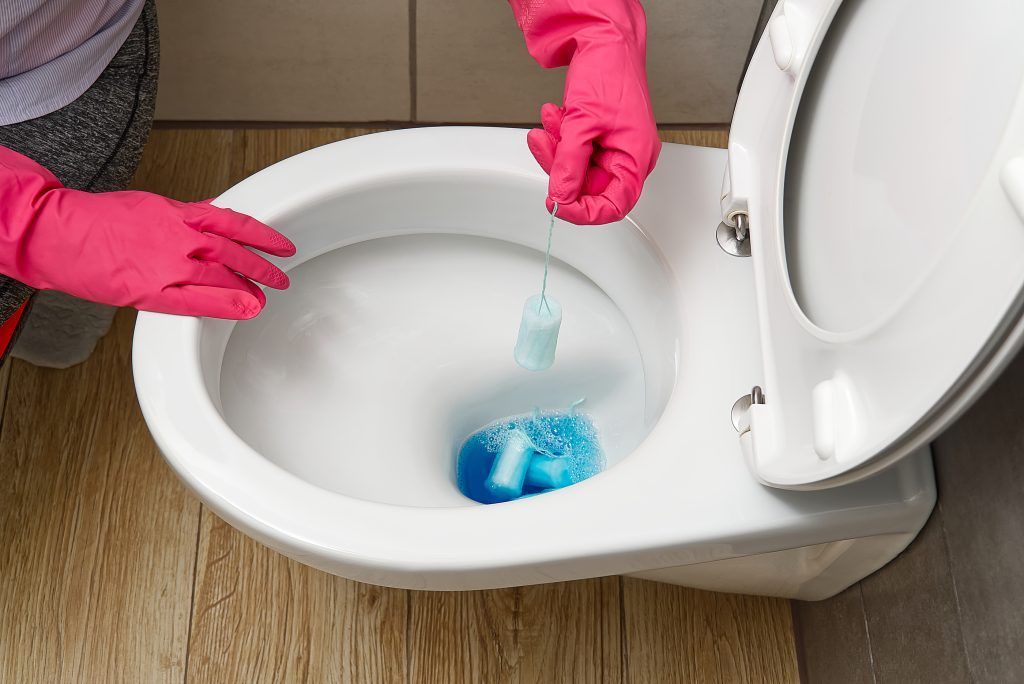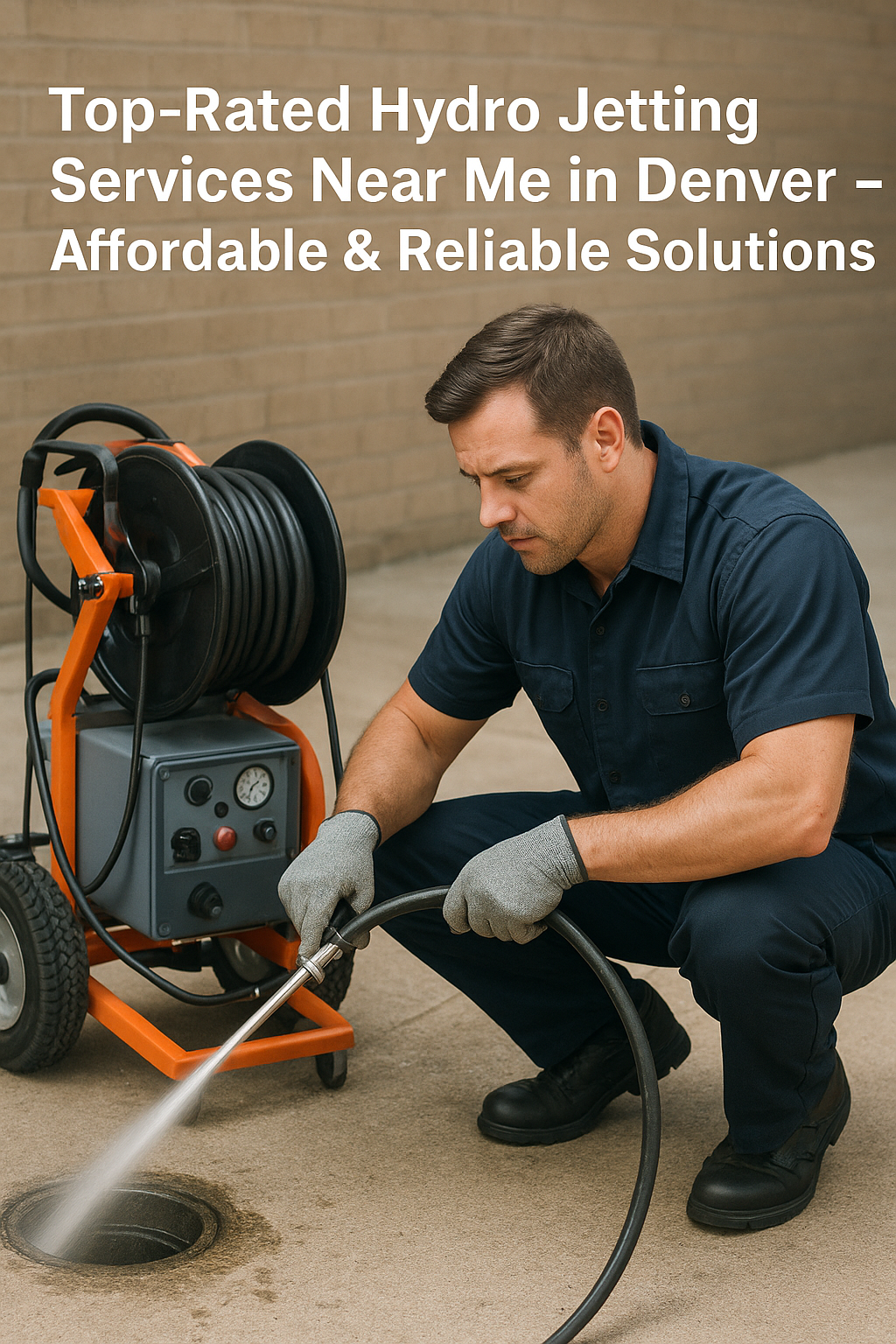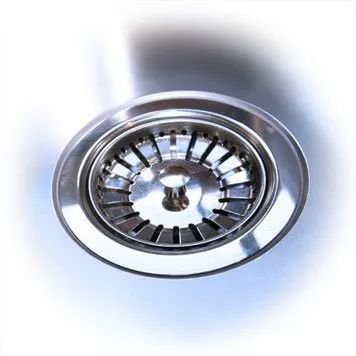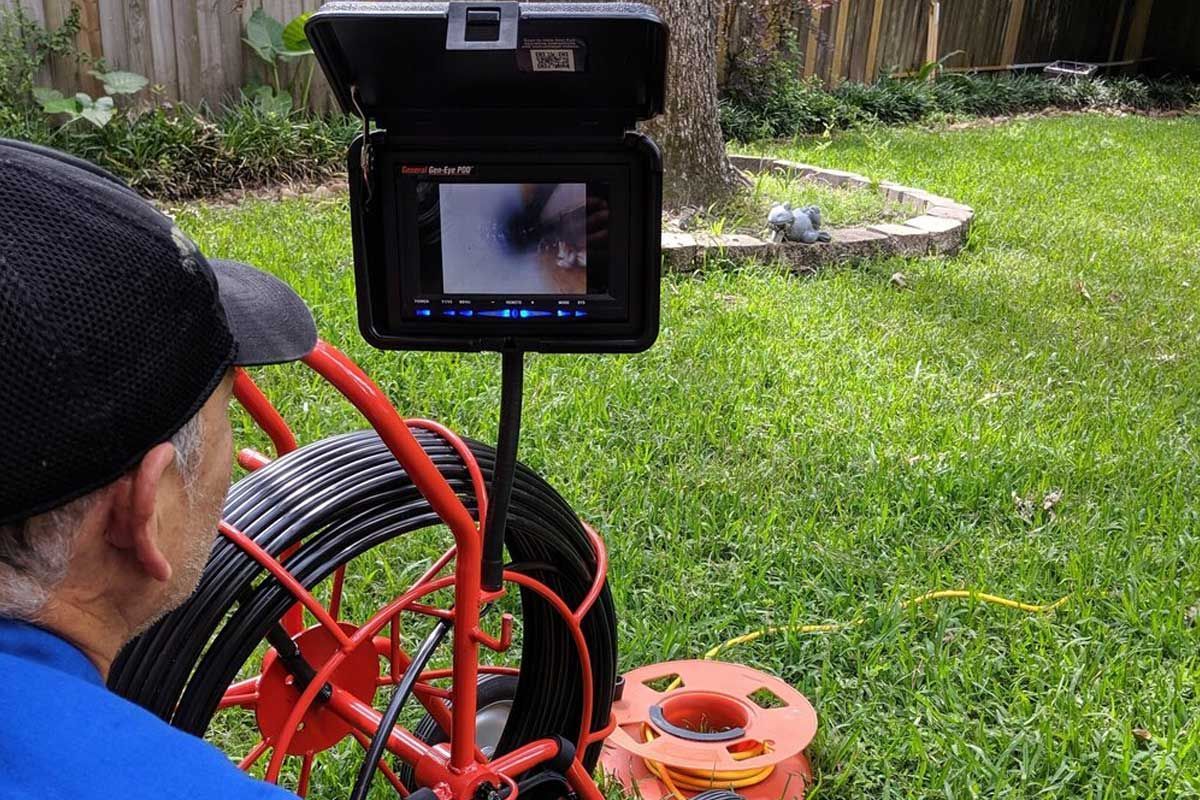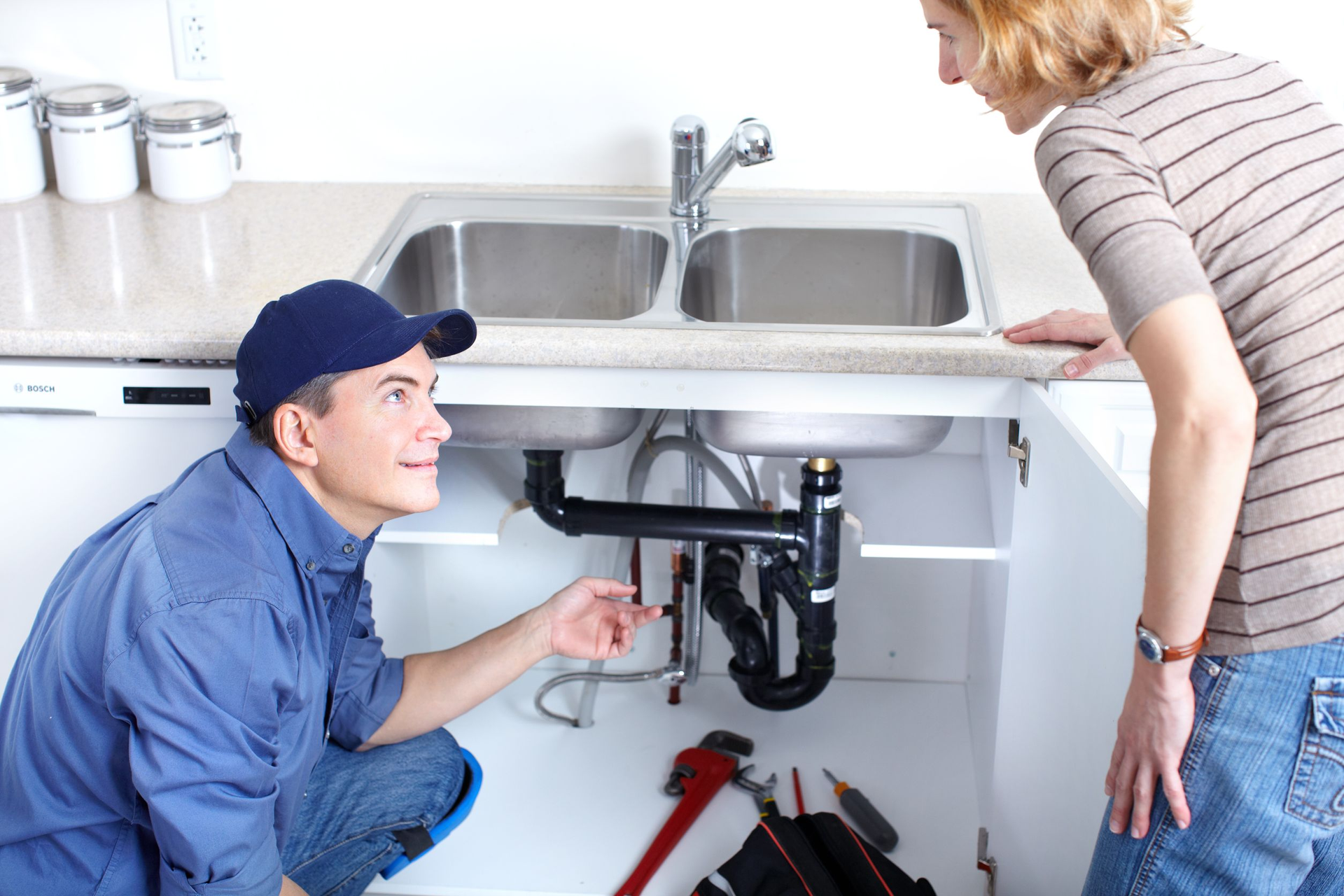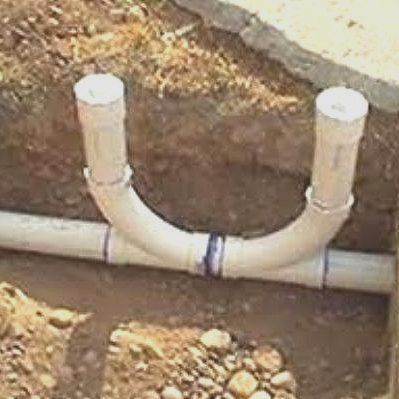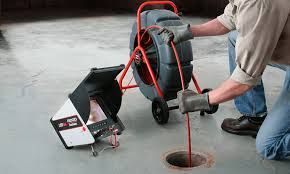WHAT DENVER TREES & PLANTS DAMAGE SEWER & DRAIN LINES MOST
Spruce up your Denver home's exterior with gorgeous greenery - just make sure you select the right plants! Trees and shrubs provide natural beauty, but they can affect a well-functioning sewage system if not chosen carefully. While septic tanks are generally an unsightly necessity of homeownership in Denver, careful attention to what types of trees or other vegetation you're planting will help avoid any unwanted consequences for both aesthetics and functionality alike, and keep your sewer safe with the right trees, plants & shrubs.

THE WORST TREES FOR YOUR DENVER SEWER SYSTEM
The following are tree and plant species that often cause Denver sewer line damage:
- Poplar trees, Lombardi poplar tree
- Elm trees
- Ash trees
- Aspen trees
- Sycamore trees
- Tulip trees
- Some Maple trees
- Beech trees
- Willow shrubs, weeping willow, Japanese willow shrubs
- Oak and fig trees.
- Maple trees.
- Aspen trees.
- Elm trees.
- Birch trees.
Here are a few species of trees and shrubs that should be avoided when planting around your Denver sewerage system:
- Willow shrubs such as Japanese willow shrubs and weeping willow trees.
- Elm trees.
- Poplar trees like the Lombardy poplar tree.
- Tulip trees.
- Beech trees.
- Aspen trees.
- Ash trees.
Most maple trees.
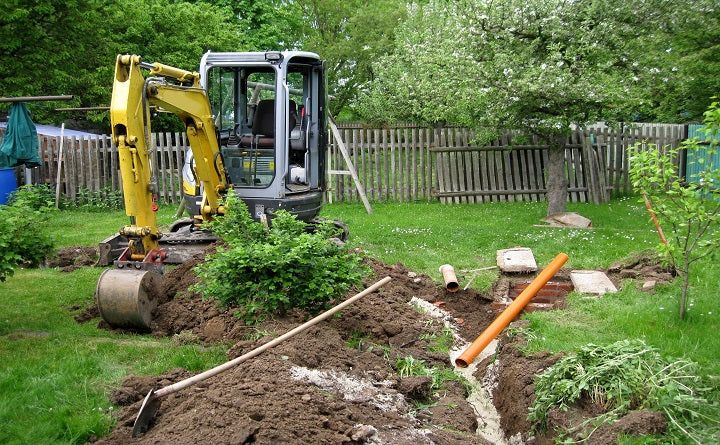
Trees & Shrubs that are ok to plant around your Denver Sewer & Drain Line
When deciding which trees to plant around your Denver home's sewer line, it is important to think about the trees' roots. Trees with deep and extensive root systems can easily extend into and damage your sewage system, resulting in an unwanted expense for repairs. However, trees with shallow roots such as shrubs and some trees are a great alternative. Such trees have their own environmental benefits too; they help to keep your garden cool during the summer, provide habitat for birds, absorb carbon dioxide, and reduce erosion on your property. Not only will these trees make your home more attractive, but they'll also help protect your sewer system from potential damage while still providing shade and beauty to your environment.
· Cherry trees
· Fruit trees
· Japanese maple trees cause less damage
· Dogwood trees
· Eastern redbud trees
· Holly shrubs
· Boxwood shrubs
How to AVOID SEWER DAMAGE from TreEs in Denver?
To avoid sewer damage caused by trees in Denver, it is best to create a clear zone about 10 feet away from the sewer line in order to prevent trees or shrubs from damaging it. A tree's roots can cause immense destruction to a sewer line, as they have the tendency to grow and wrap around the pipes. It is also advisable to keep trees away from manholes and other points of access. Large fast-growing trees tend to give Denver homeowners the most problems. Additionally, trees should be inspected regularly for broken branches or signs of disease which could potentially damage the nearby Denver sewer line & drain pipes. Doing so will help extend the life of the Denver sewer line and prevent costly repairs due to tree root damage.
PLANTing Trees & Shrubs around your Denver Sewer & drain LINES
Have you been considering landscaping your Denver home with beautiful trees & shrubs, but are unsure of where to begin? Drain Brain LLC can help!
Our professional team has the expertise and experience needed to assess your current landscape as well as locate any drain pipes or sewer lines on your Denver property. Contact us today for a hassle-free assessment so that crafting an excellent outdoor space becomes less daunting, and more enjoyable.
CHOOSing THE RIGHT Trees To Avoid sewer or Drain line Damage?
Choosing the right trees to avoid Denver sewer or drain line damage can be a tricky decision. Different trees have differing root systems and sizes that, if planted too close to a sewer line, can cause serious issues. Trees with shallow, wide-spreading roots like willow trees should be avoided since their roots tend to encroach on wastewater infrastructure as they grow larger. Likewise, trees with tap roots, such as oaks & maple trees, should also be kept away from the lines due to their ability to penetrate existing lines over time. In short, trees with smaller root systems like fruit trees that hug the surface are generally better suited for areas near underground sewers and drains. Making sure to select trees with these qualities for your landscaping needs is essential in avoiding unwanted damage and costly Denver sewer repairs in the long run.
Tree PLANTING DISTANCE from Denver Sewer & drain Lines
Remember this rule of thumb of the distance you plant any shrubs or trees. They should be planted at least 10 feet from your sewer & drain lines in Denver. Tree planting is an important part of creating a healthy, vibrant environment for both humans and wildlife. It's important to remember, when planting trees, the proper distance from sewer and drain lines you should use in order to ensure the trees are not damaging infrastructure or providing avenues for pests. Planting trees too close to sewer and drain lines can result in tree roots gaining access to these systems, potentially causing damage and leading to costly repairs. It's always good practice to research the trees you intend on planting and their recommended planting distances from drains and sewers, so that you can be sure they are planted safely while still thriving.
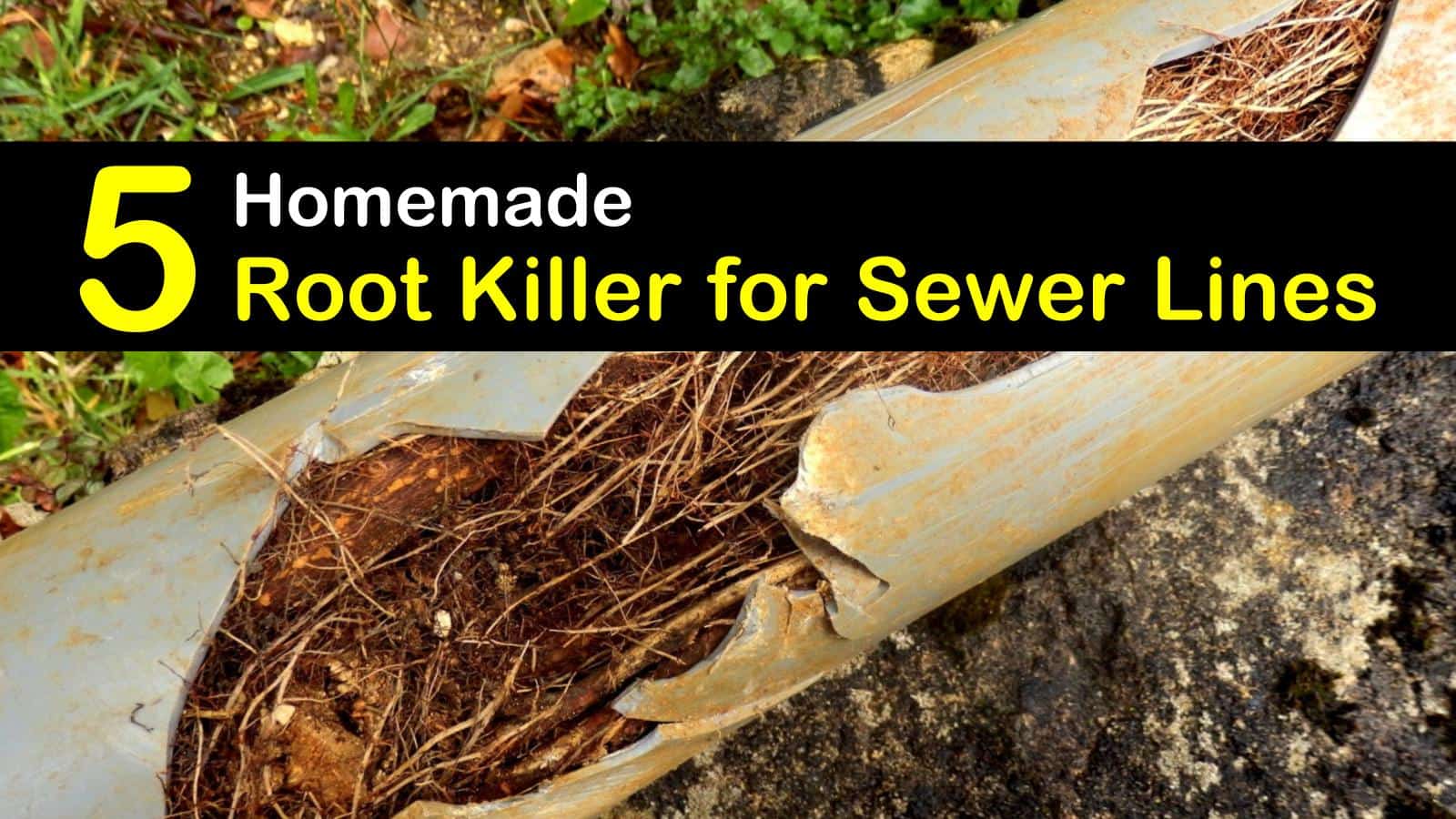
Best Tree Root Killer For Sewer Lines in DENVER
Finding the best tree root killer for sewer lines can be a daunting task. Fortunately, there are a few tricks that you can use to make sure your trees stay away from sewer and drain lines. The most important thing is to make sure trees are planted at an adequate distance from Denver sewer and drain lines so roots don’t infiltrate them and cause severe damage. A combination of copper sulfate, bleach, and pesticides is great for killing existing roots present in your pipes without doing any permanent harm to trees or bushes nearby. To prevent this situation from happening again, it's also smart to check regularly to confirm trees remain at the recommended distance from sewer and drain lines. Taking these steps will help ensure you have the best tree root killer for your sewers and drains, allowing trees to live peacefully next to your home with no costly disruption in sight.
Are you expieriencing Tree Root Issues or clogged sewer or drain line?
Thinking quickly and having a plan of action is the key to solving main sewer lines clogs due to tree roots. Call Drain Brain @ 720-322-4845, your Denver sewer service company today, for all types of plumbing, sewer, and mainline cleanout services. We’ll get you back up and running again in no time!
Drain Brain LLC is a Full-Service sewer, drain inspection & repair company based in Thornton, CO. Known as a drain’s specialist, we serve commercial and residential customers in the Denver metro area by providing professional sewer inspection, sewer maintenance, drain cleaning, trenchless sewer line repairs, sewer camera inspection & scope services, as well as trenchless sewer line repairs for your specific needs. Be assured that our specialists will help you when your sewer backs up and have it functioning properly in no time at all and we offer 24/7 emergency services.
Don't let your clogged drain give you a headache, contact our invaluable drain cleaning experts for sewer inspections and repairing sewer lines.
Service Areas
Arvada, Aurora, Lakewood, Bennet, Broomfield, Brighton, Castle Rock, Castle Pines, Centennial, Commerce City, Columbine, Dacono, Erie, Englewood, Firestone, Federal Heights, Ft Lupton, Golden, Greenwood Village, Greeley, Hudson, Highlands Ranch, Ken Caryl, Lafayette, Lakewood, Littleton, Longmont, Louisville, Northglenn, Superior, Sherrelwood, Thornton, Welby, Windsor, Westminster, Wheat Ridge, Westminster and more call today 720-322-4845
